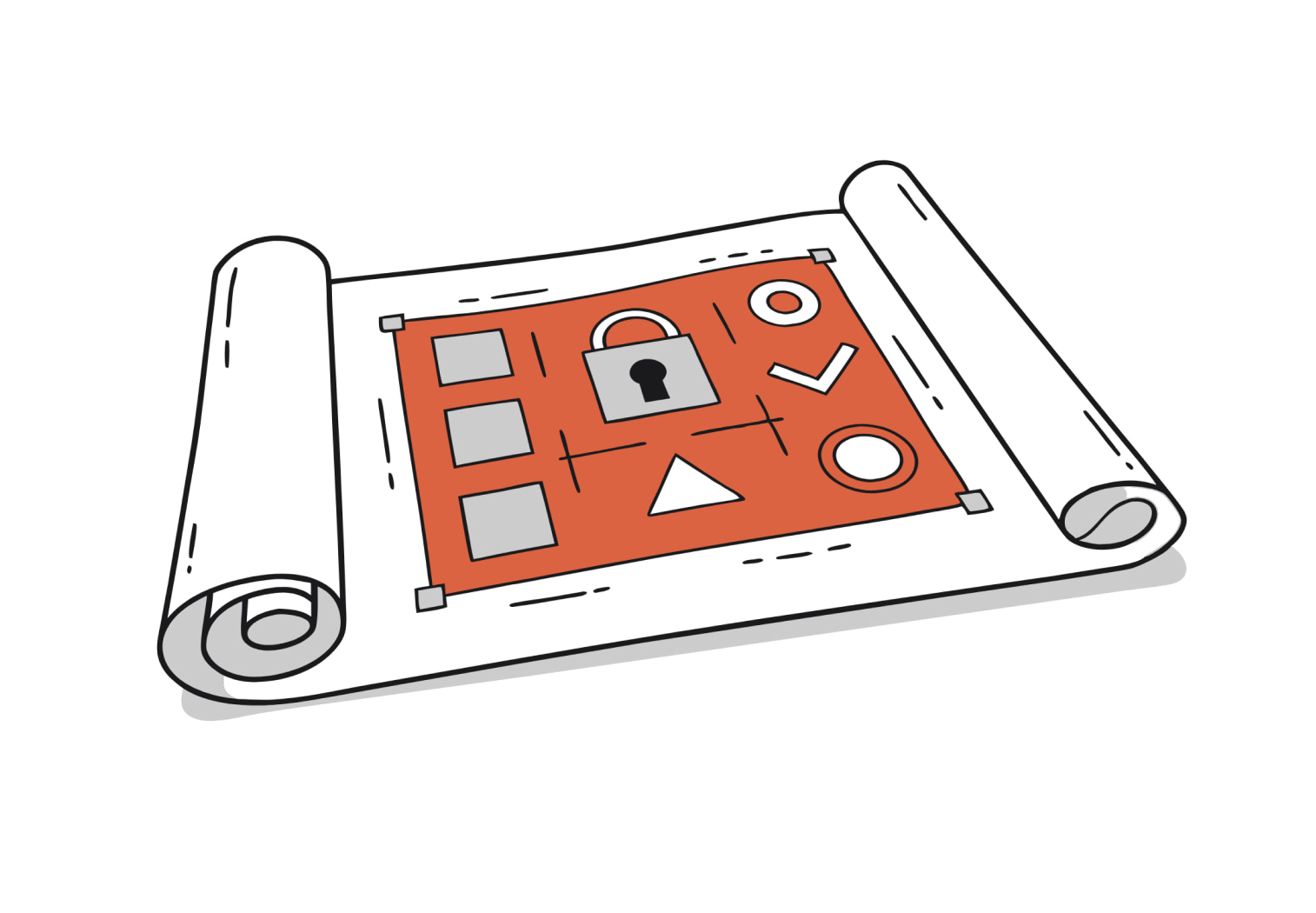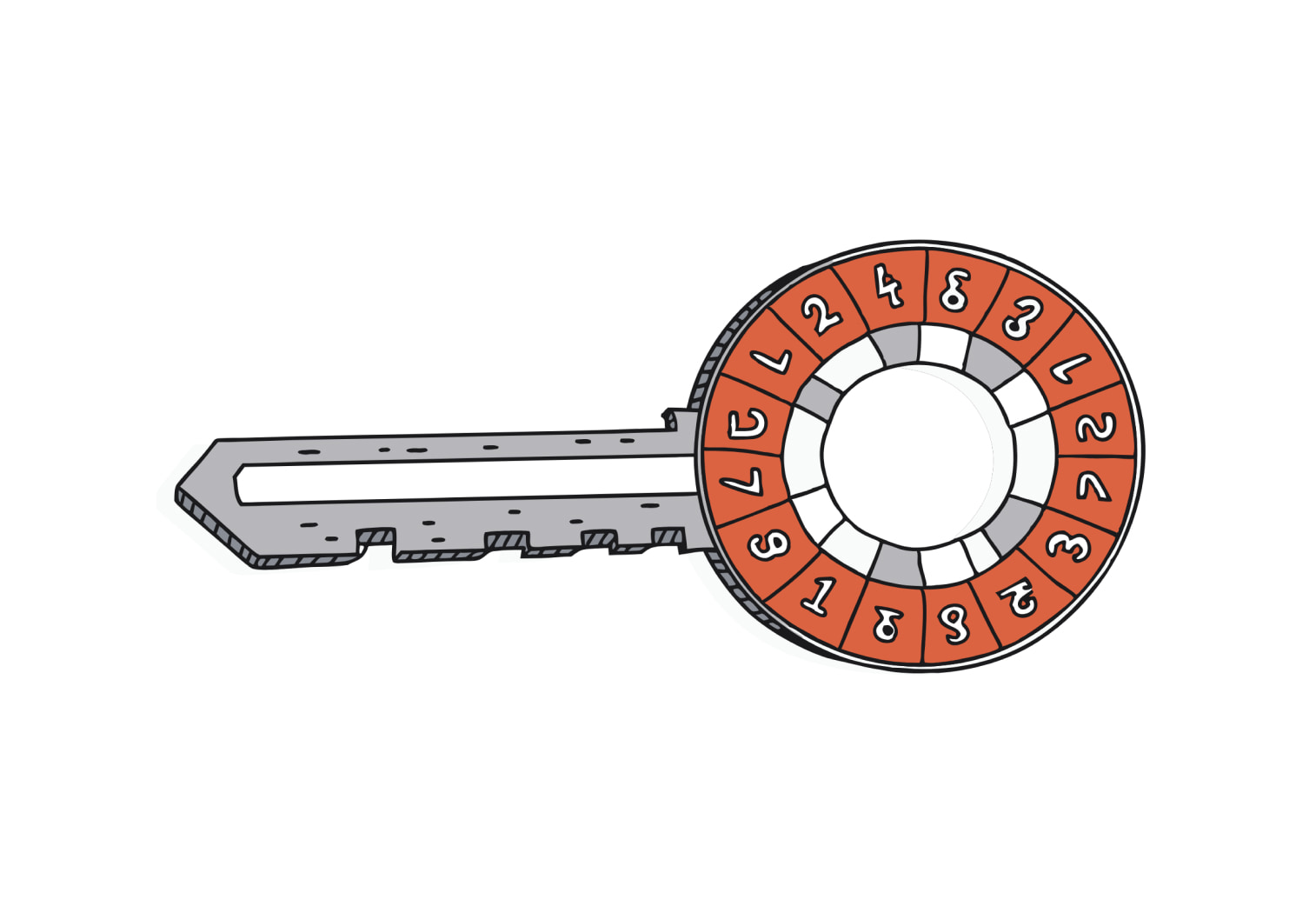In this article
No business wants to be caught asleep at the cyber security wheel. However, under new data breach notification laws, you have an obligation to self-report any significant data breach you’re unable to fix. Put simply, you can’t afford to leave your customers in the dark about their sensitive details disappearing into the dark web.
Will your business know how to comply with the data breach laws if it needs to? What steps can you take in advance to ensure you respond appropriately in the event of a future breach? These are important questions. Let’s find out the answers.
Learn the laws
On February 22 this year, the Privacy Amendment (Notifiable Data Breaches) Act 2017 came into play. It made it mandatory for Australian companies with an annual turnover of more than $3 million to declare certain breaches of personal information if those breaches are likely to cause “serious harm” to the individual. And yet, over four months on from the changes, it’s fair to say some businesses have been slow to adapt. If this sounds like you, it’s time to get cracking.
Awareness of internet security risks and responsibilities won’t necessarily guarantee prevention of a hacking incident. However, company-wide education is certainly a good start.
Keep in mind that cloud computing services like Microsoft Azure form part of a robust data protection system. Therefore, by implementing such trusted data protection measures, you reduce the likelihood of experiencing a serious data breach.
It’s also worth analysing the type of personal information your business stores. This could include names, addresses, dates of birth, credit card details, etc. If a data breach does eventuate, you will be able to formulate a response based on prior research rather than sudden panic.
Investigate immediately
Upon confirmation of a data breach, you need to discover:
- Exactly what has occurred.
- Who the affected individuals are.
- How significant the risk is likely to be.
- Whether or not you will be able to solve the problem before the compromised data is used to hurt those individuals at risk.
Is it necessary to provide data breach notification? This investigation must begin straight away, and you should conclude it as promptly as possible.
Data breaches can range in significance and risk factor. They range from misplaced or mistakenly shared client files to unauthorised network access with some rather sinister motives. Once you’ve identified the nature of the breach, it’s imperative to engage the right security experts for advice on how to proceed. A diligent organisation might even identify its preferred data breach investigators before they are required.
Put your hand up
If it becomes clear you’re unable to eliminate the risks internally, you must alert the Australian Information Commissioner. You should also advise the potential victims on how best to protect themselves.
At this point, there’s no escaping the fact the media, external security experts, and the wider internet community can and probably will have their say.
Remember, data breach notification compliance is a crucial step on the road to recovering your reputation. It doesn’t matter how damaging or embarrassing the prospect of revealing a serious data breach may seem. Australian data breach notification laws ensure failing to take responsibility is a whole lot worse.
Would you like to learn more about data protection through trusted cloud computing services such as Microsoft Azure, or any other IT security requirements? Contact TechBrain today!



